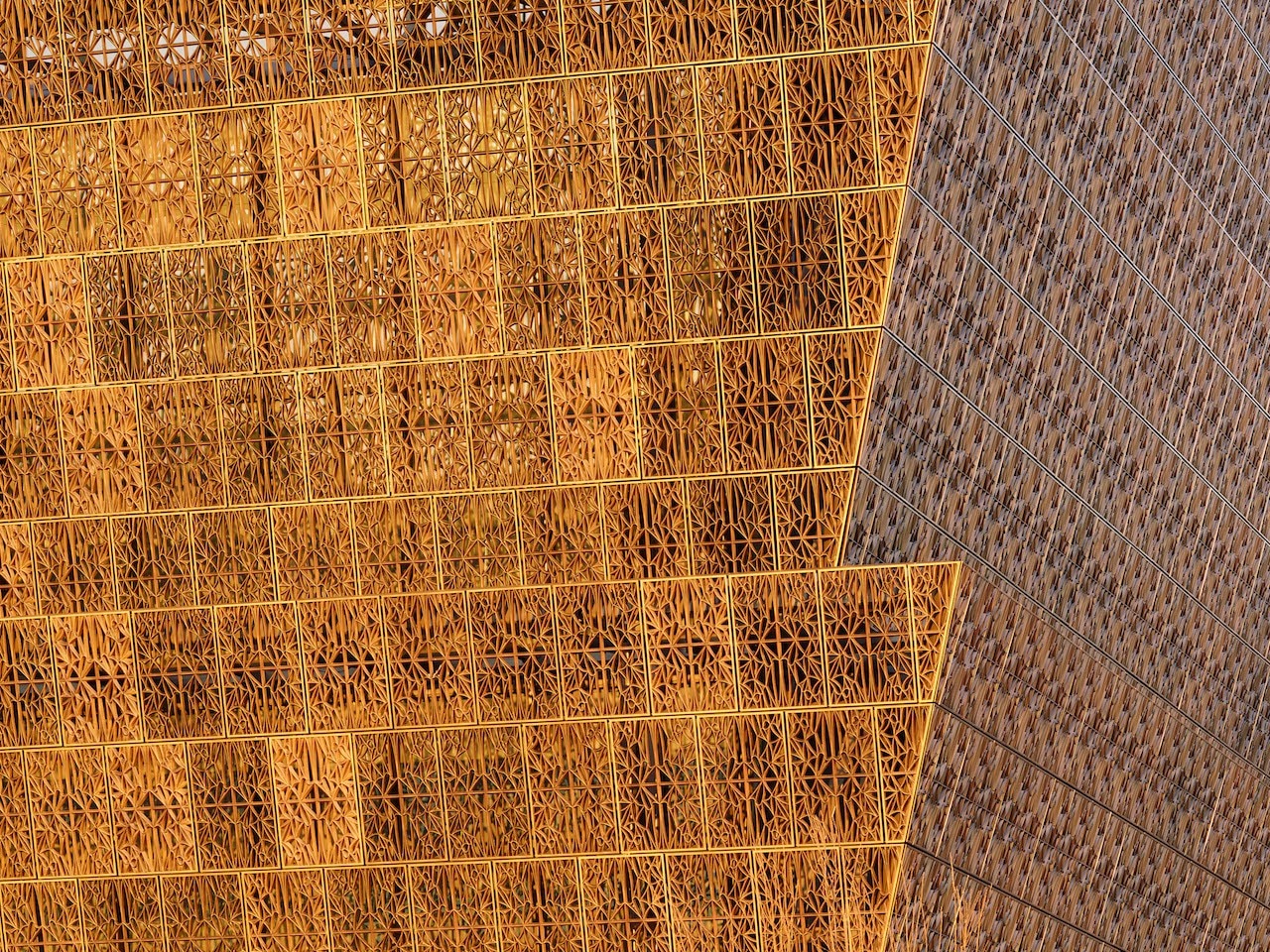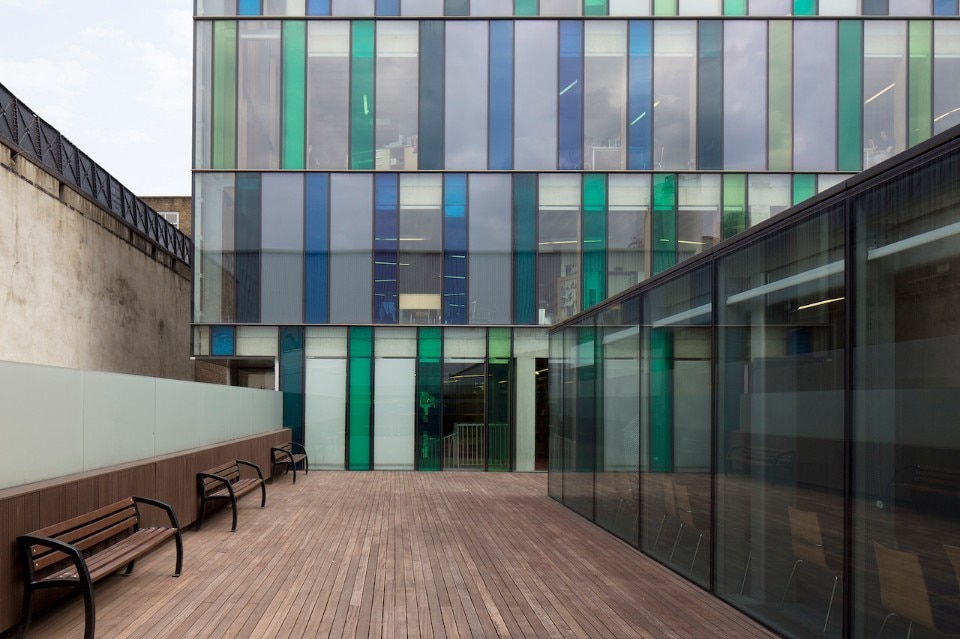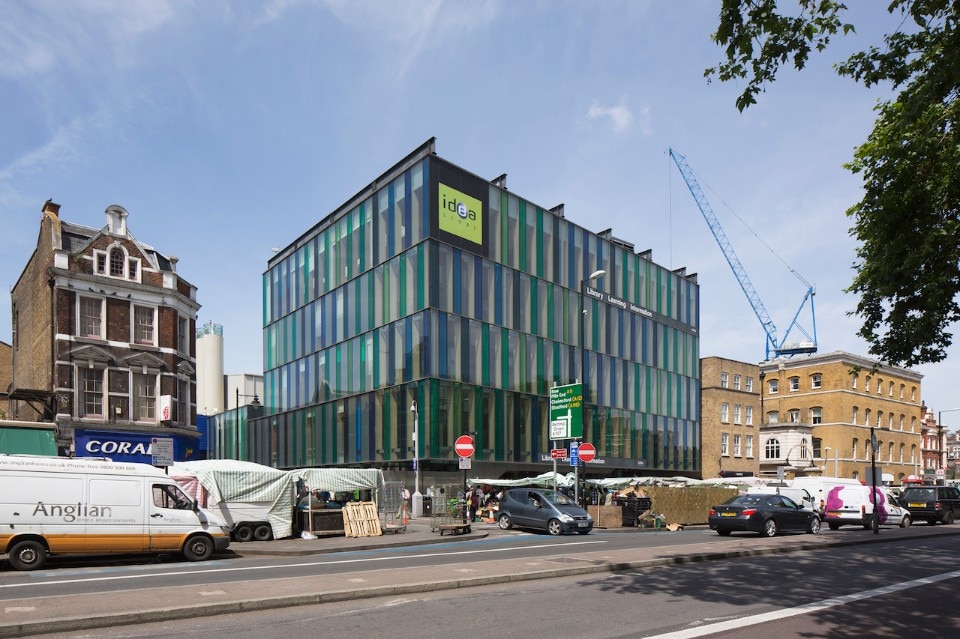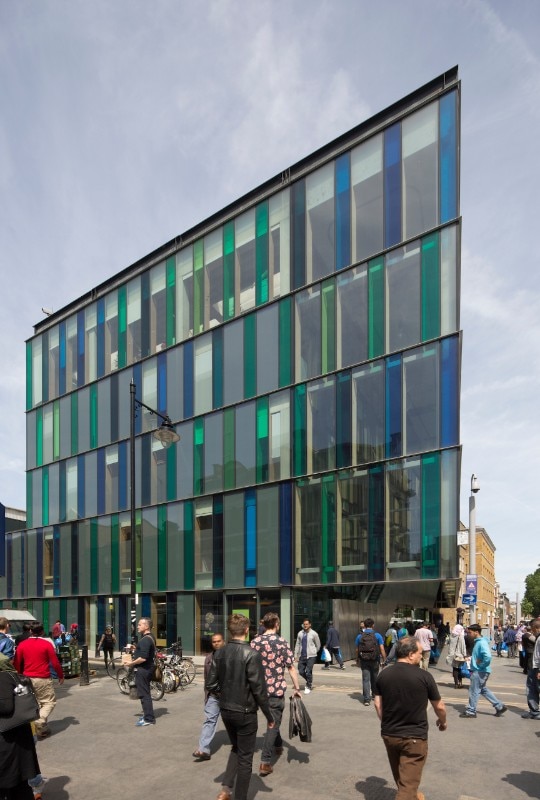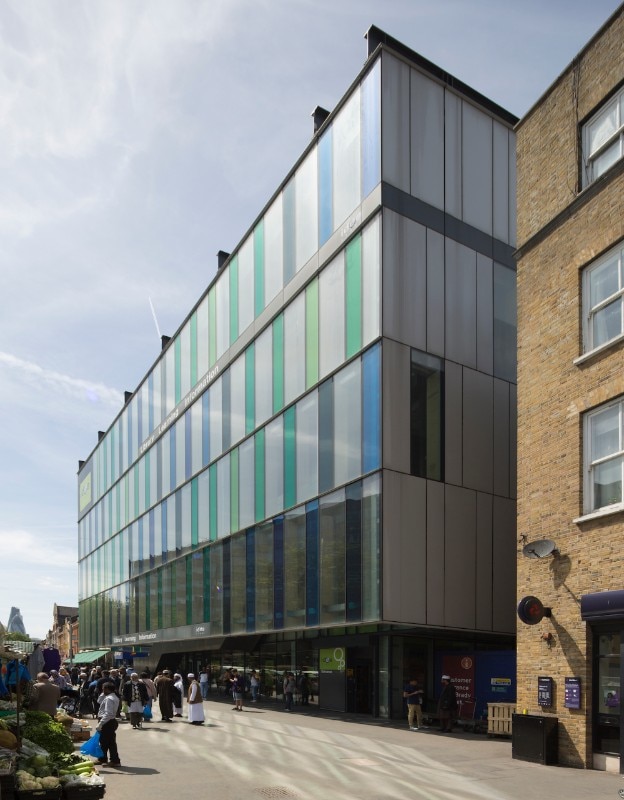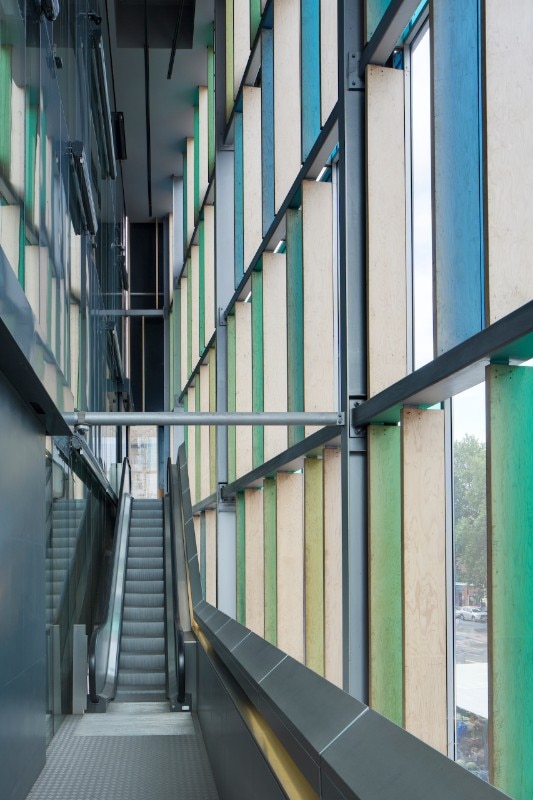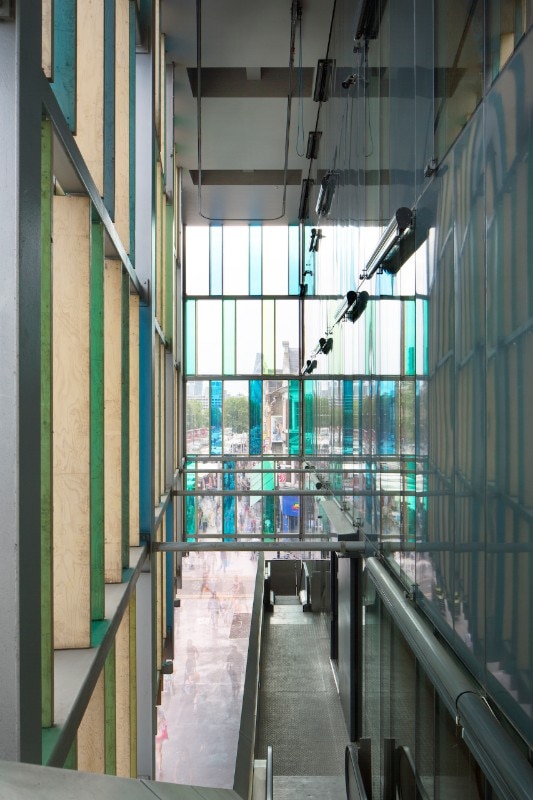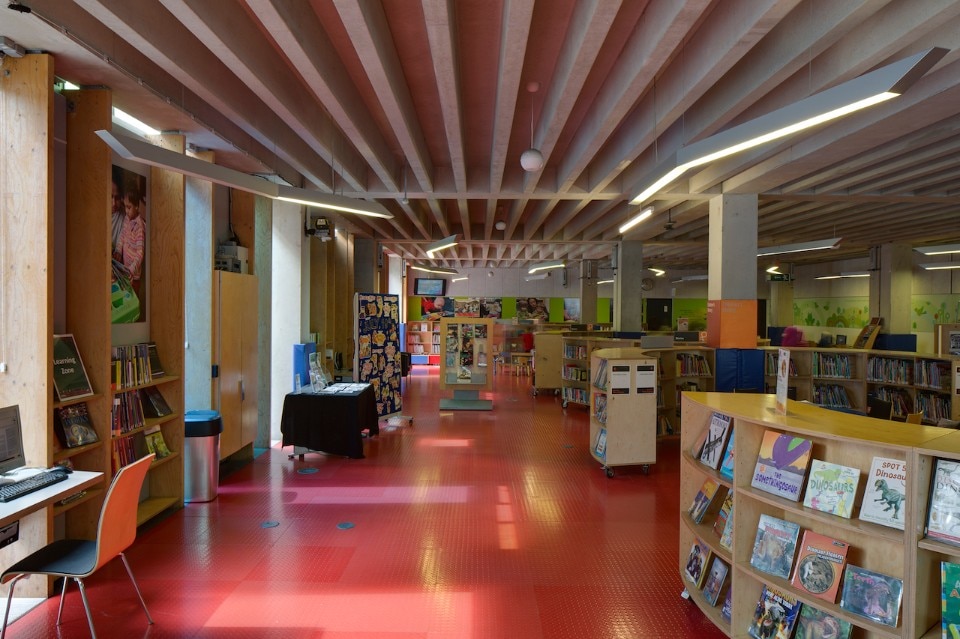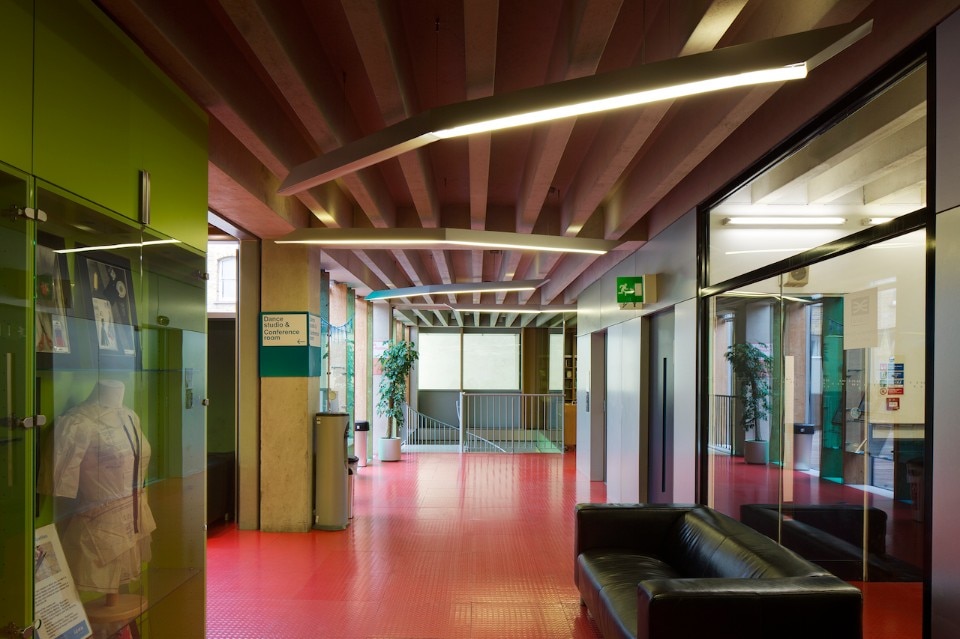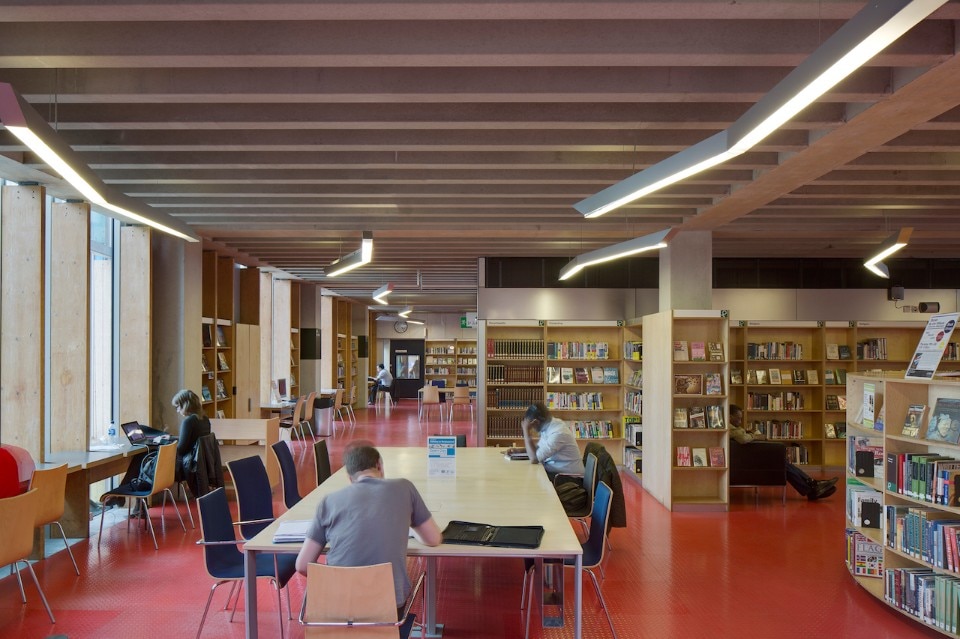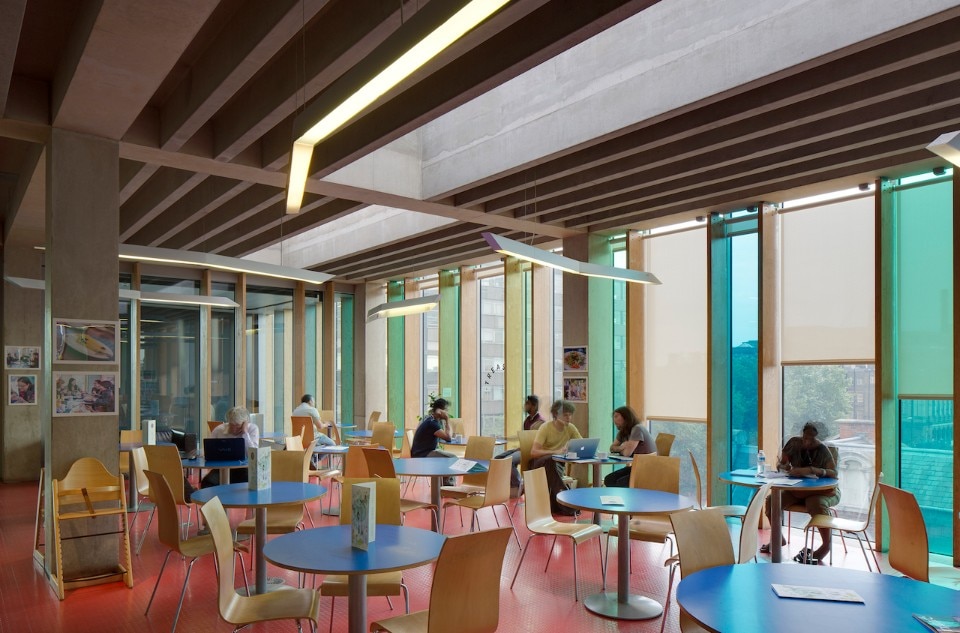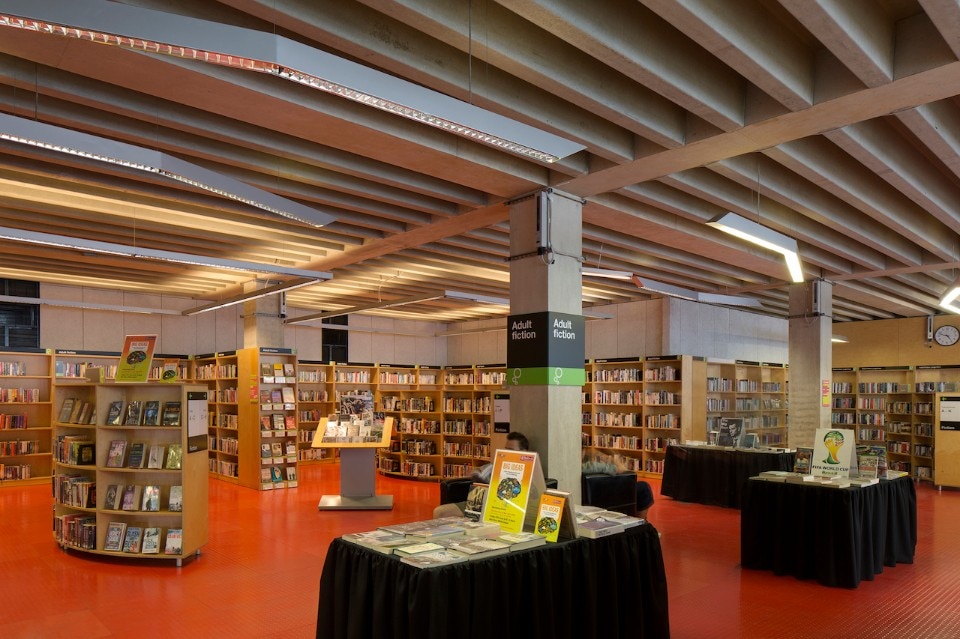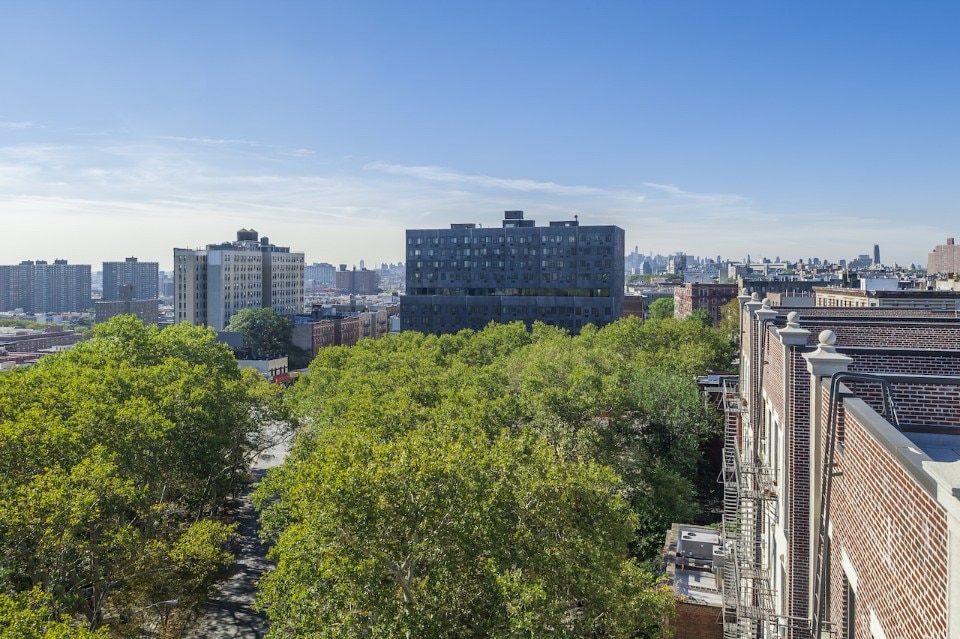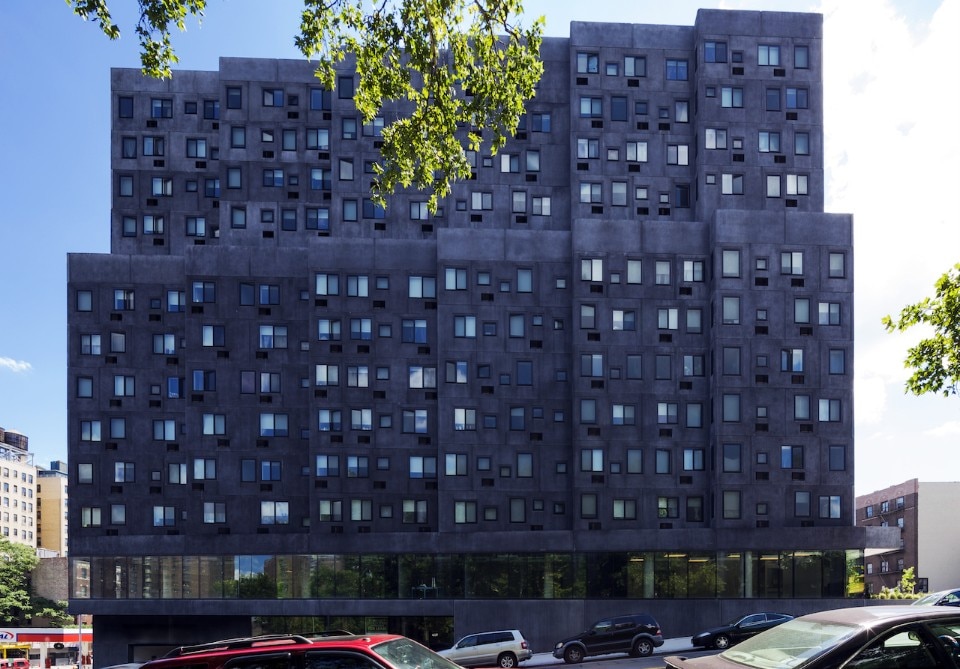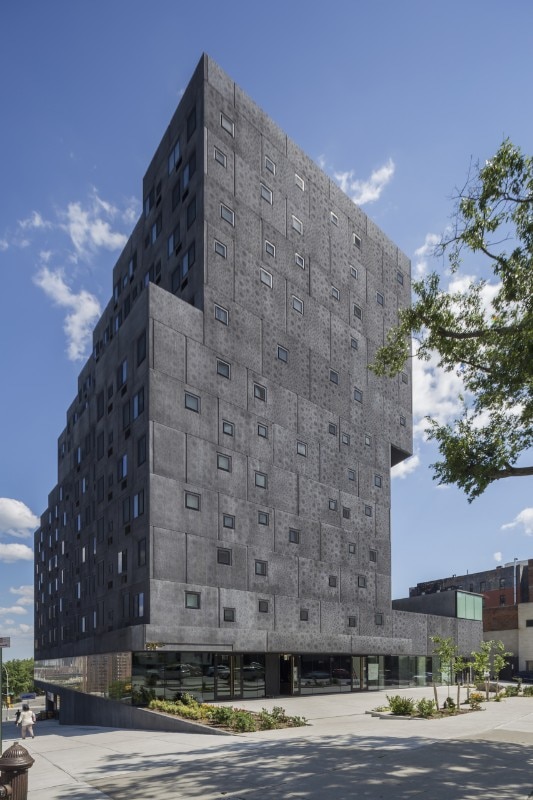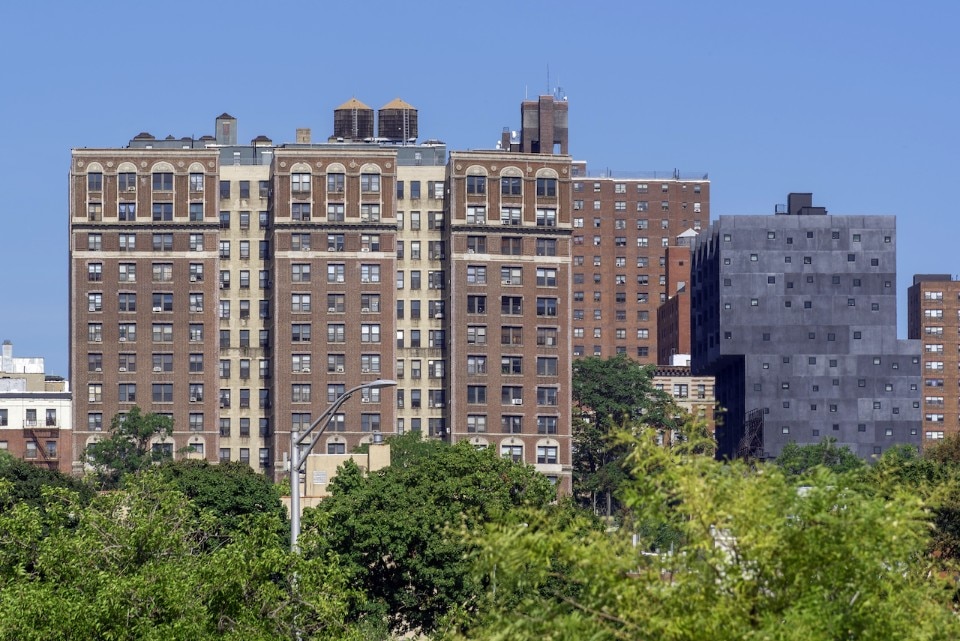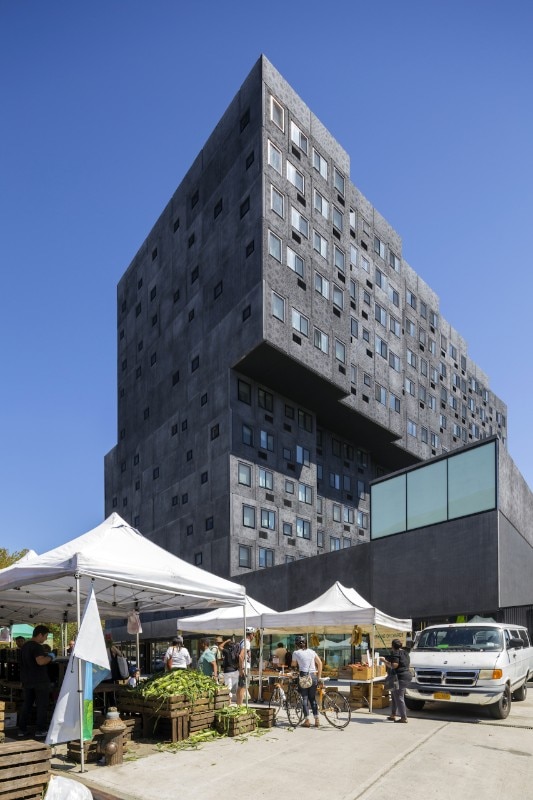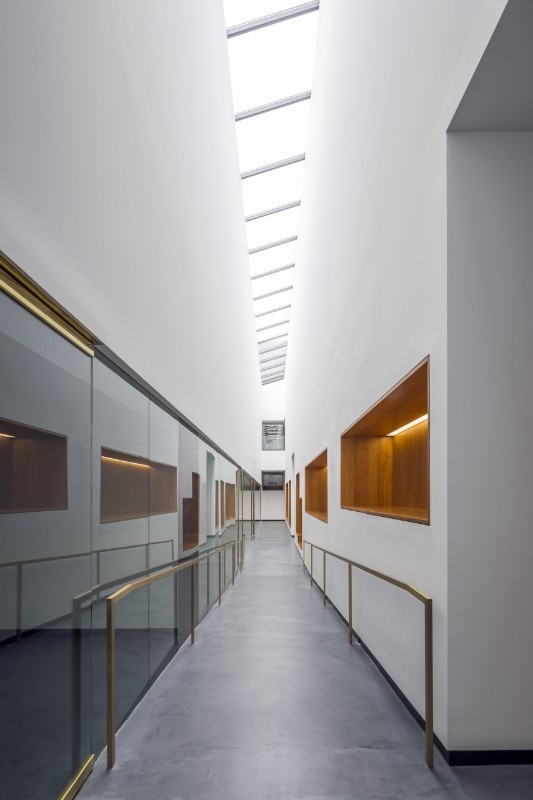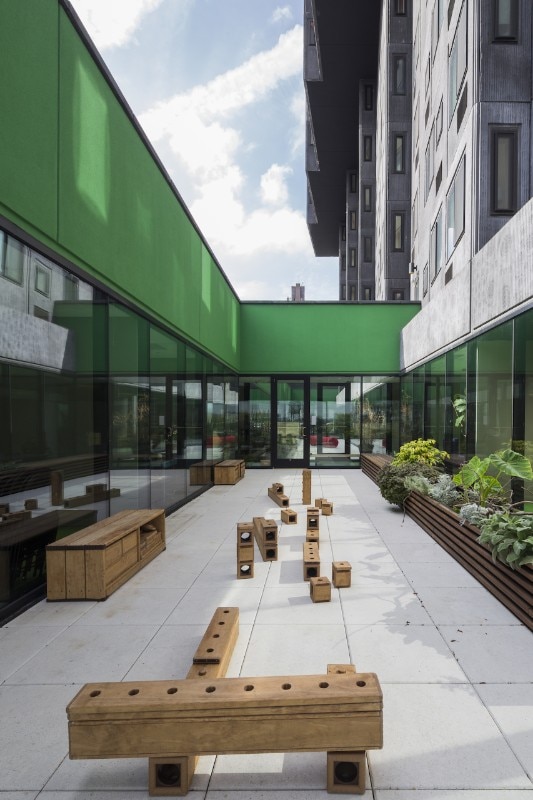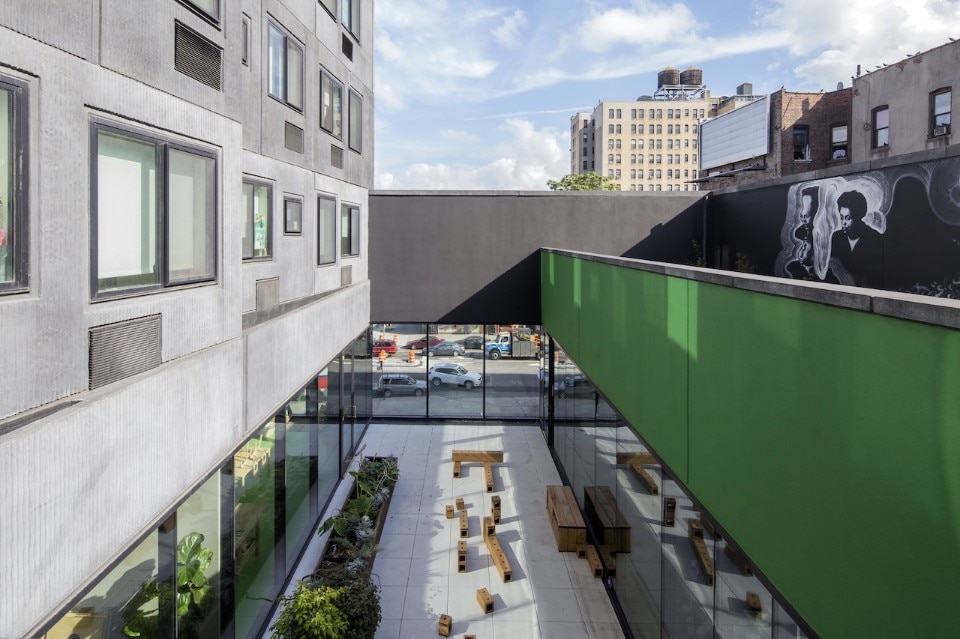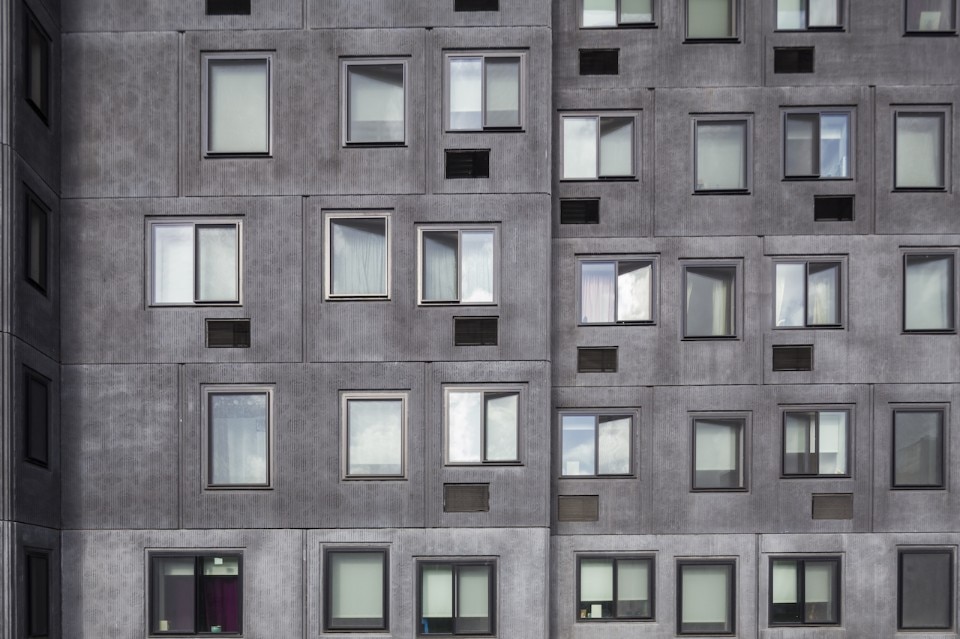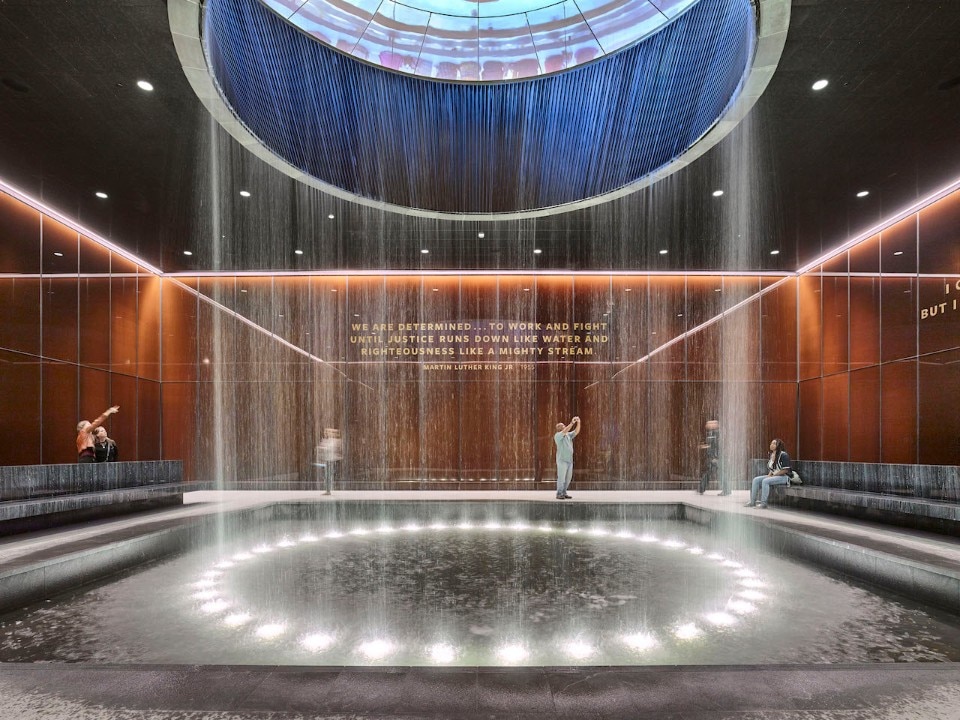This article was originally published on the issue of Domus 1039, October 2019
What is the role of architecture today?
Architecture at its best, in the 21st century, for me has to acknowledge the aspirations of the time – what I call “the morality of the time” – turning it into plausible typologies and being more effective in allowing us to live the best lives. For me, if you create an architecture that causes questioning, it enables the citizens to be alert and aware about issues. So to me it’s clear one has to make an architecture that represents the people’s thinking as a will that they want in the world, as opposed to the nar- rative imposed by the leaders set over people. In a way I think the 21st century is the critical one, where we pivot away from the meta-narratives put on us.
You’re working for several public commissions, on monuments like the national cathedral of Ghana. What ideas drive your latest works?
I try to work within narratives that can be understood as evolutions, and can enter the discourse of what architecture is. Today, through my work, I’m exploring notions of memory, using the monument as a pedagogical figure to test that concept. I’m interested in this because it’s become increasingly clear to me that without the power of architecture to script into the urban fabric, the narrative of the plurality of the 21st century is being lost.
How is this “narrative of plurality” expressed in architecture?
I think that, as has happened in literature or the arts, this idea of singularity has been completely splintered into multiple trajectories. We use art to express ourselves and it is the constructions we make that civilise us. I’m part of a movement constituted by a new generation of architects who want to splinter that singularity of the architectural narrative into many possible futures that are responsive to geographical locations and cultural specifics, of people both in local and migrative narratives. For me it has to work between both, so we can actually shake up the world a bit more and stop people from feeling dislocated, because we are all in constant migration, in a flux.
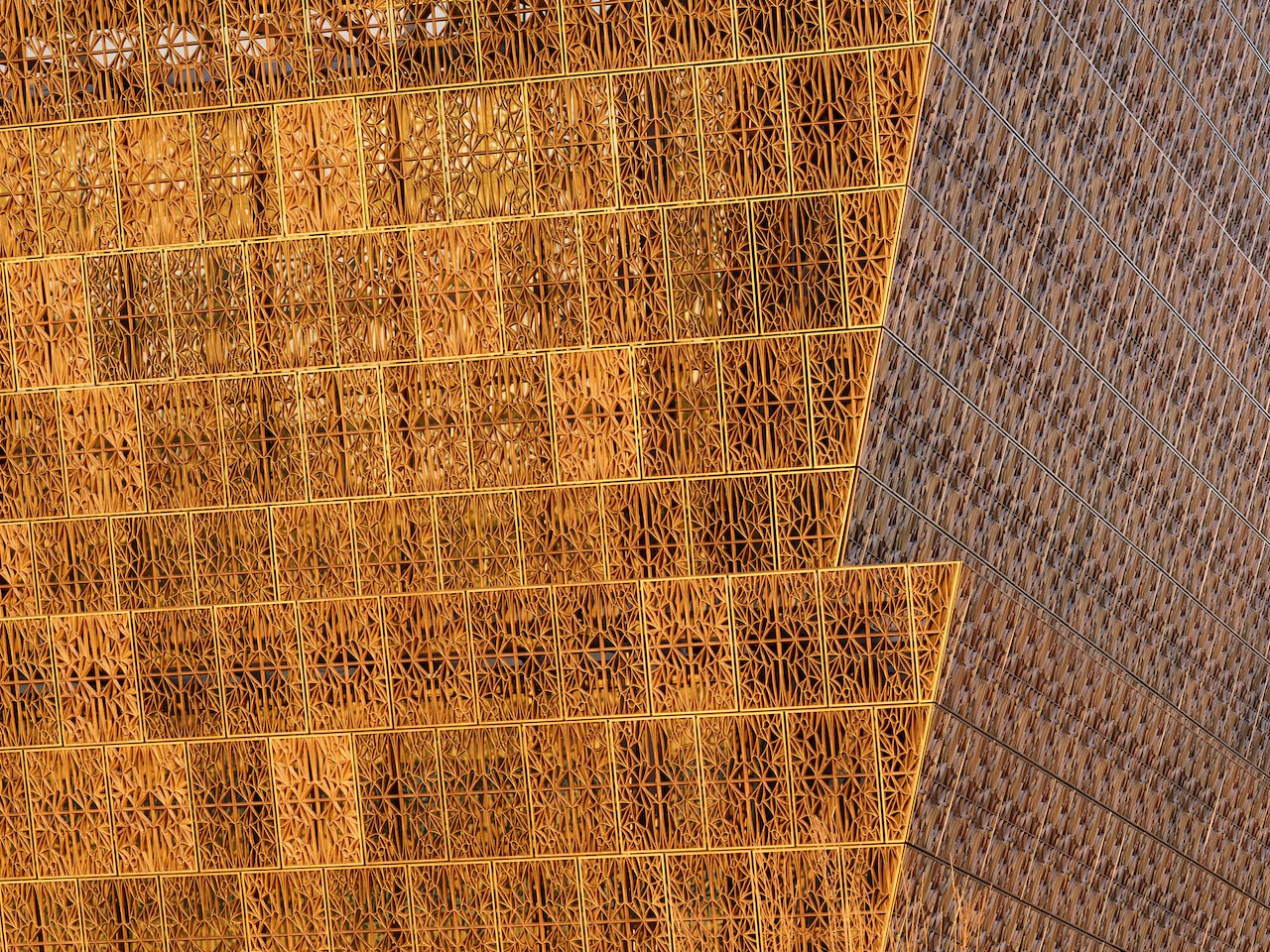
 View gallery
View gallery
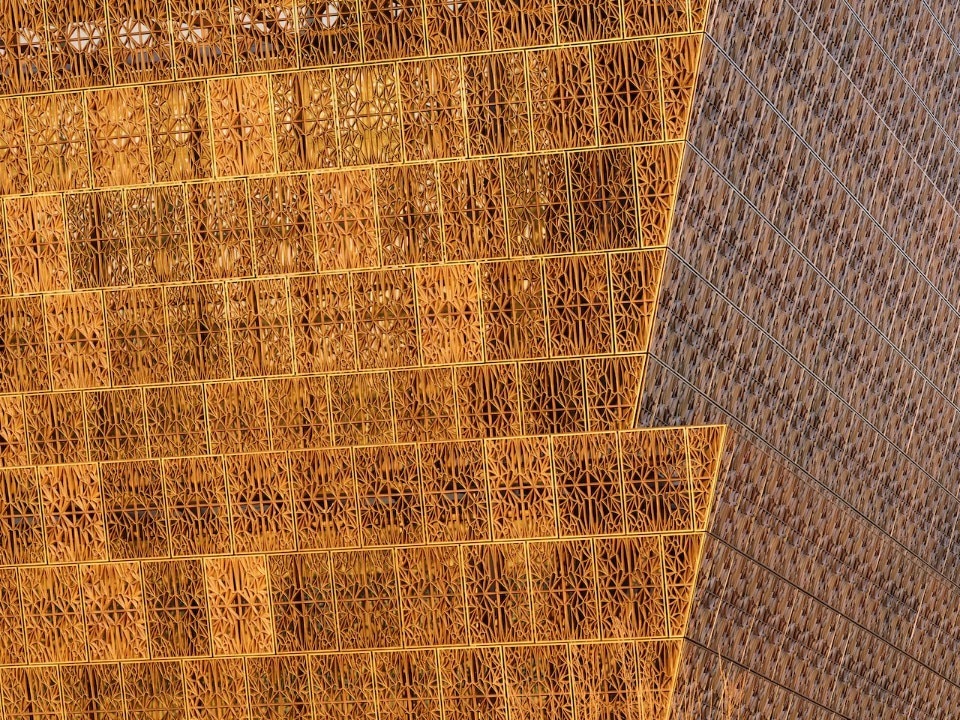
David Adjaye, Smithsonian National Museum of African American History and Culture
Washington D.C., US
Photo credit Alan Karchmer
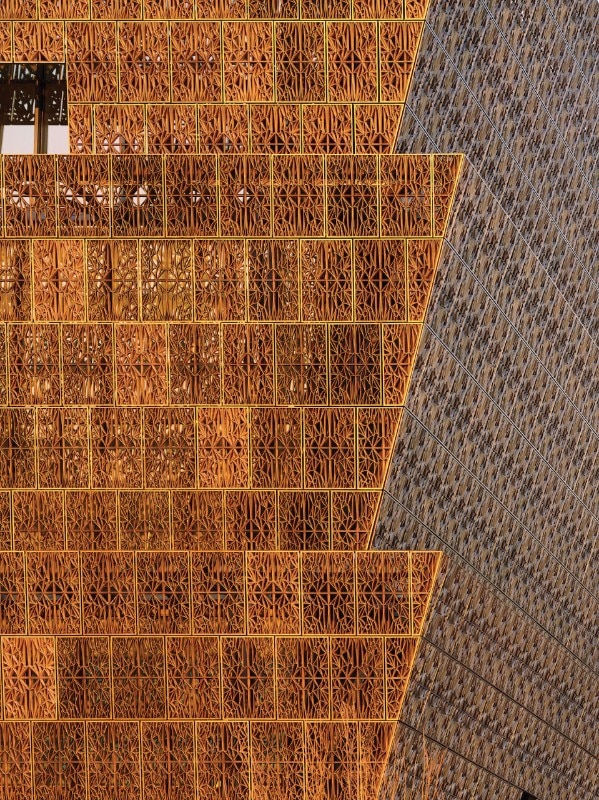
David Adjaye, Smithsonian National Museum of African American History and Culture
Washington D.C., US
Photo credit Alan Karchmer
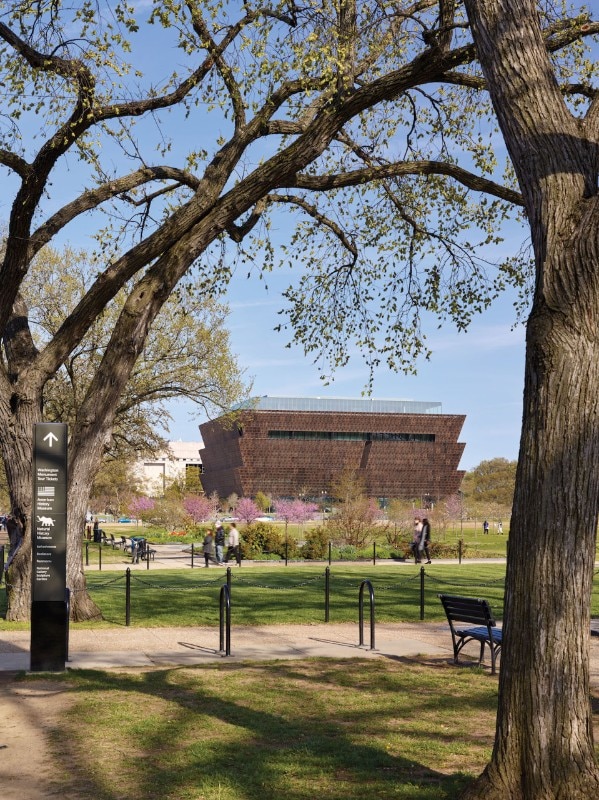
David Adjaye, Smithsonian National Museum of African American History and Culture
Washington D.C., US
Photo credit Alan Karchmer
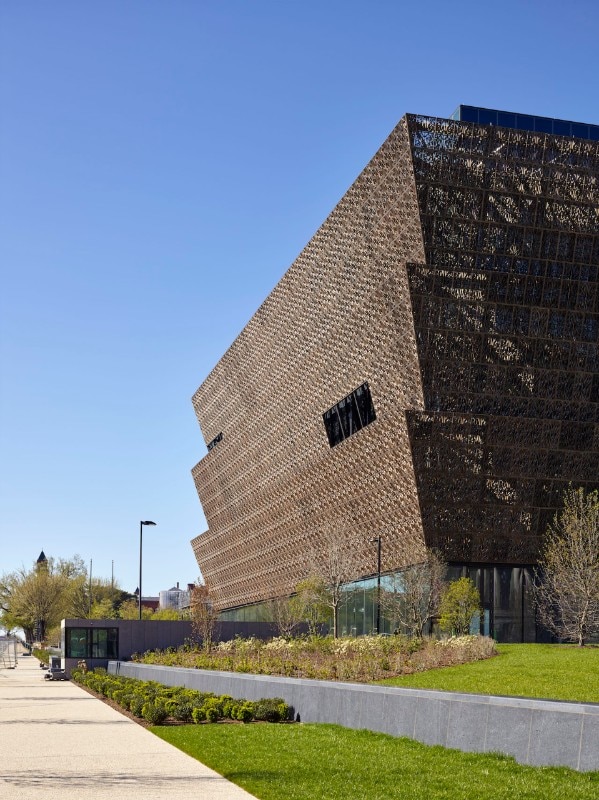
David Adjaye, Smithsonian National Museum of African American History and Culture
Washington D.C., US
Photo credit Alan Karchmer
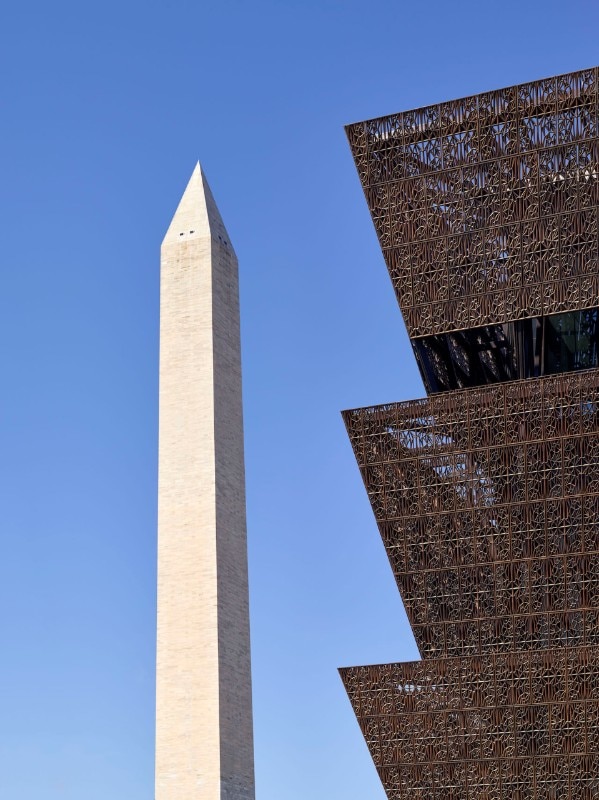
David Adjaye, Smithsonian National Museum of African American History and Culture
Washington D.C., US
Photo credit Alan Karchmer
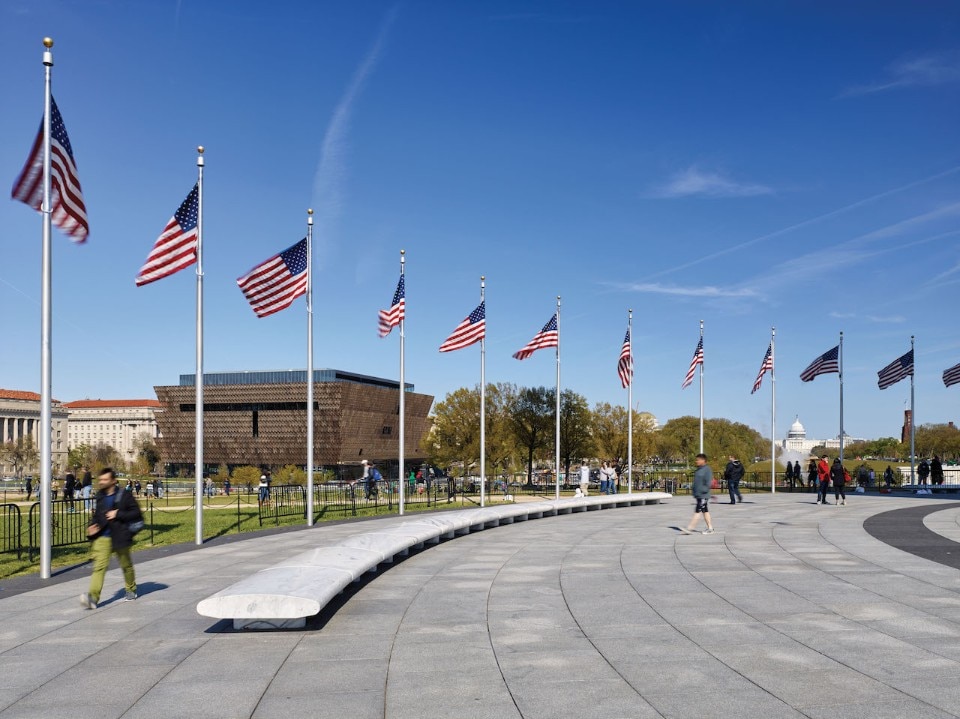
David Adjaye, Smithsonian National Museum of African American History and Culture
Washington D.C., US
Photo credit Alan Karchmer
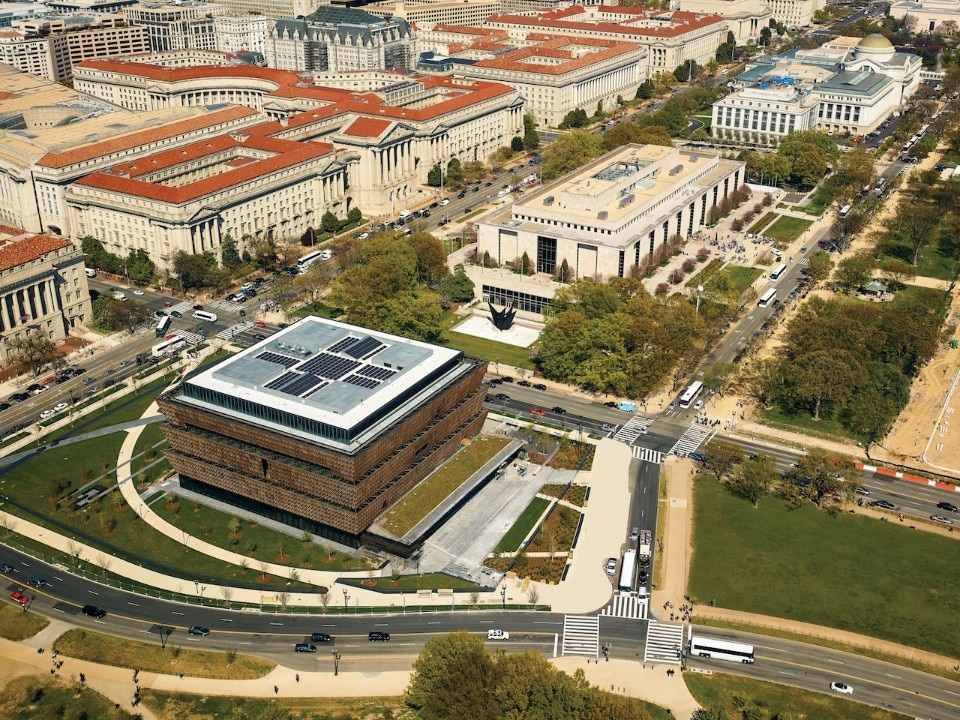
David Adjaye, Smithsonian National Museum of African American History and Culture
Washington D.C., US
Photo credit Alan Karchmer
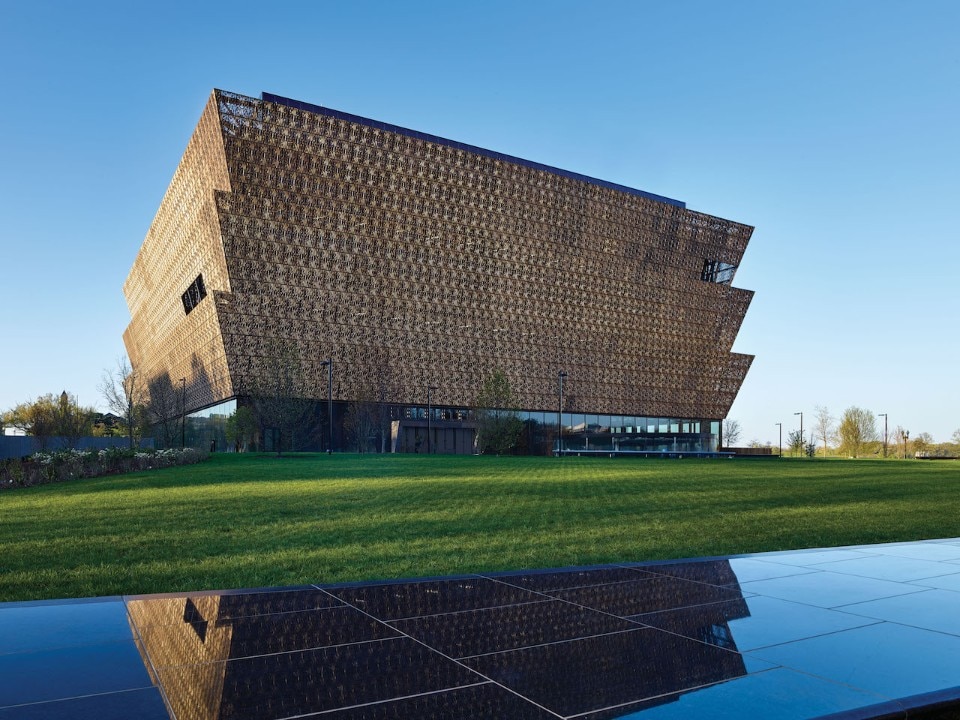
David Adjaye, Smithsonian National Museum of African American History and Culture
Washington D.C., US
Photo credit Alan Karchmer
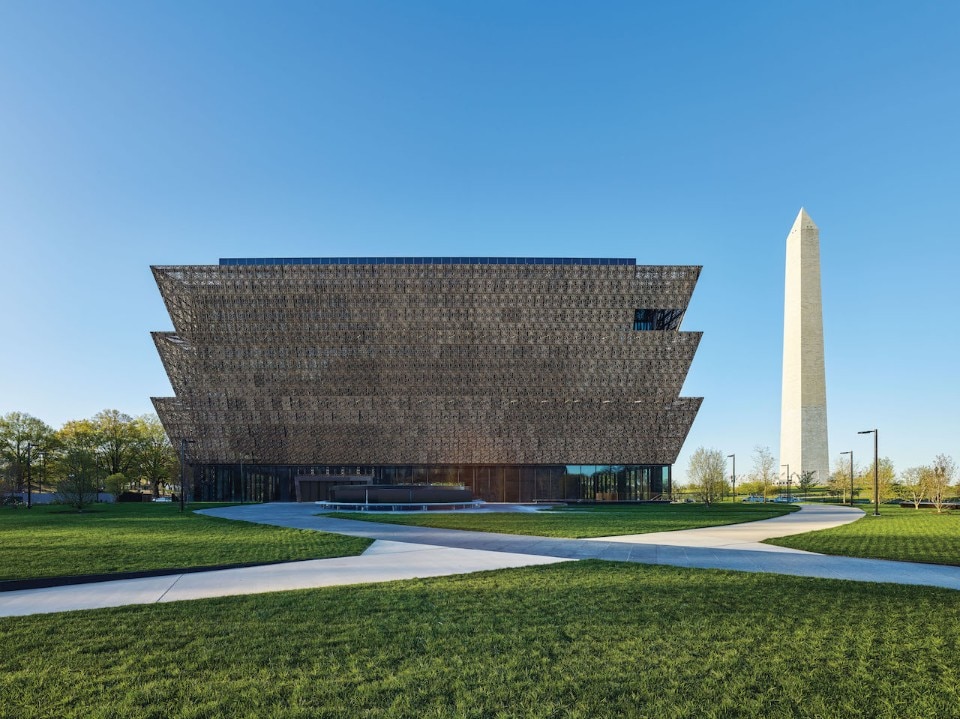
David Adjaye, Smithsonian National Museum of African American History and Culture
Washington D.C., US
Photo credit Alan Karchmer
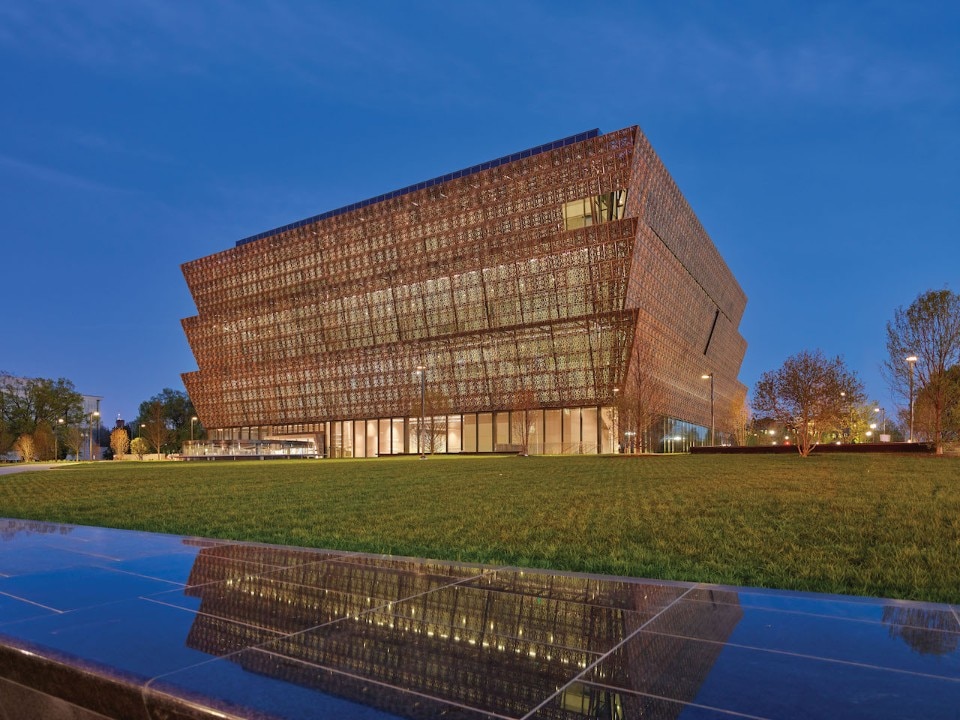
David Adjaye, Smithsonian National Museum of African American History and Culture
Washington D.C., US
Photo credit Alan Karchmer
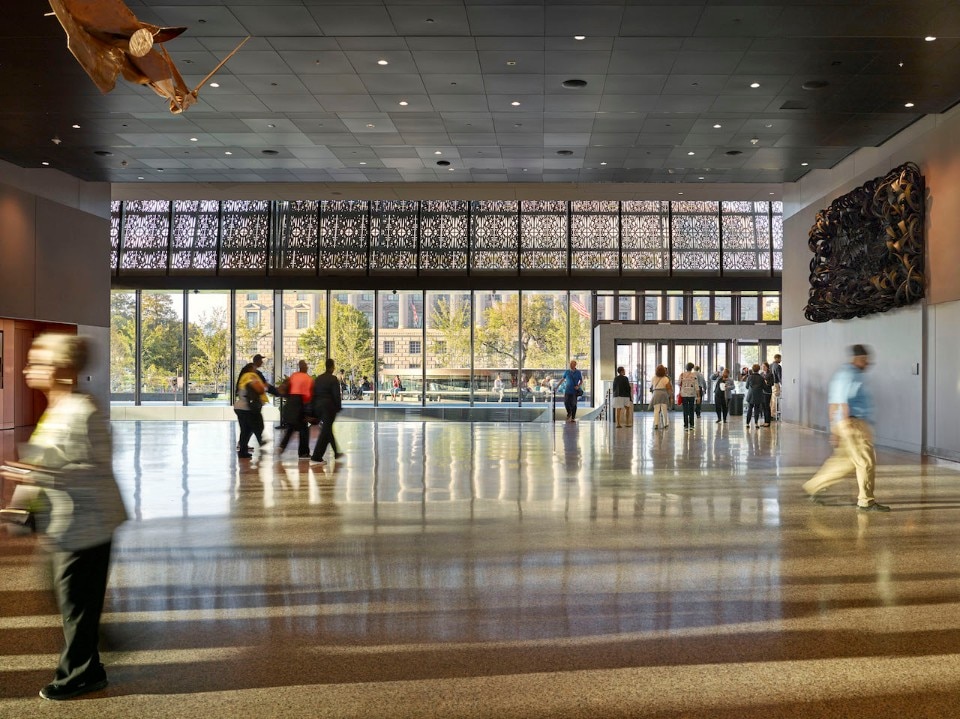
David Adjaye, Smithsonian National Museum of African American History and Culture
Washington D.C., US
Photo credit Alan Karchmer
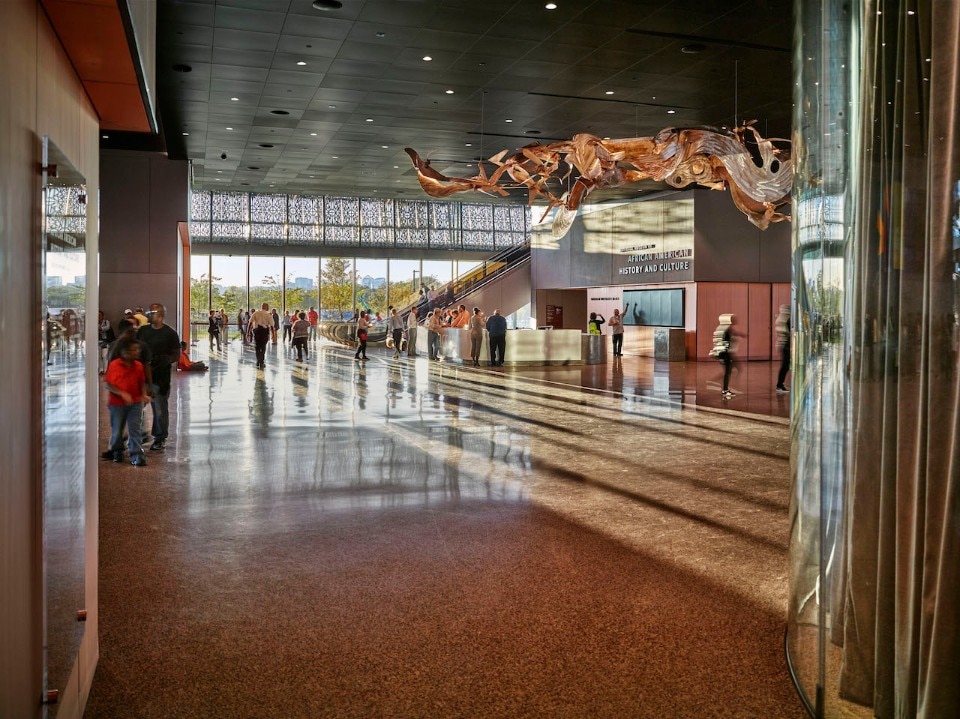
David Adjaye, Smithsonian National Museum of African American History and Culture
Washington D.C., US
Photo credit Alan Karchmer
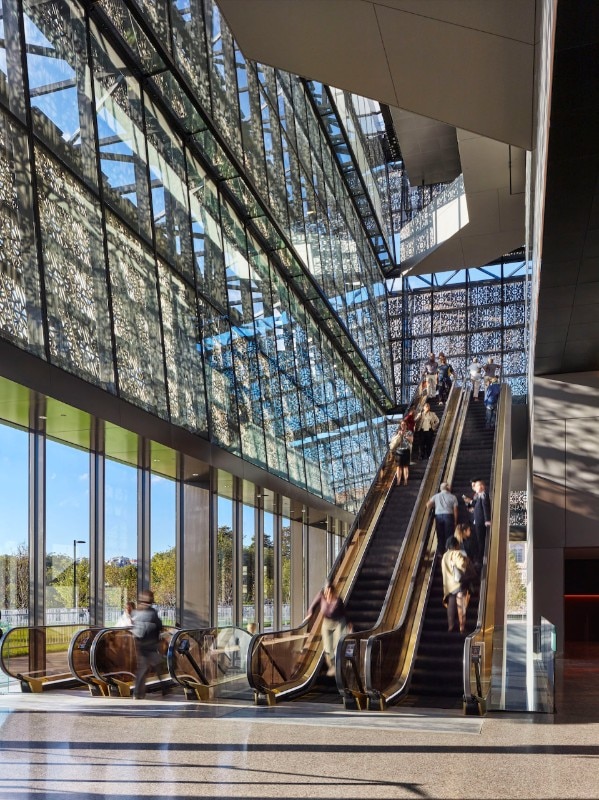
David Adjaye, Smithsonian National Museum of African American History and Culture
Washington D.C., US
Photo credit Alan Karchmer

David Adjaye, Smithsonian National Museum of African American History and Culture
Washington D.C., US
Photo credit Alan Karchmer

David Adjaye, Smithsonian National Museum of African American History and Culture
Washington D.C., US
Photo credit Alan Karchmer

David Adjaye, Smithsonian National Museum of African American History and Culture
Washington D.C., US
Photo credit Alan Karchmer

David Adjaye, Smithsonian National Museum of African American History and Culture
Washington D.C., US
Photo credit Alan Karchmer

David Adjaye, Smithsonian National Museum of African American History and Culture
Washington D.C., US
Photo credit Alan Karchmer

David Adjaye, Smithsonian National Museum of African American History and Culture
Washington D.C., US
Photo credit Alan Karchmer

David Adjaye, Smithsonian National Museum of African American History and Culture
Washington D.C., US
Photo credit Alan Karchmer

David Adjaye, Smithsonian National Museum of African American History and Culture
Washington D.C., US
Photo credit Alan Karchmer

David Adjaye, Smithsonian National Museum of African American History and Culture
Washington D.C., US
Photo credit Alan Karchmer

David Adjaye, Smithsonian National Museum of African American History and Culture
Washington D.C., US
Photo credit Alan Karchmer

David Adjaye, Smithsonian National Museum of African American History and Culture
Washington D.C., US
Photo credit Alan Karchmer

David Adjaye, Smithsonian National Museum of African American History and Culture
Washington D.C., US
Photo credit Alan Karchmer

David Adjaye, Smithsonian National Museum of African American History and Culture
Washington D.C., US
Photo credit Alan Karchmer

David Adjaye, Smithsonian National Museum of African American History and Culture
Washington D.C., US
Photo credit Alan Karchmer

David Adjaye, Smithsonian National Museum of African American History and Culture
Washington D.C., US
Photo credit Alan Karchmer
What direction are we taking?
We‘re shifting from the old world of “your nation, your people” to “we’re a planet, we’re the people on this planet, and together we have to make, we have to define, what we think and how we see ourselves in the universe”. So it‘s a fascinating moment for architecture and it means that actually we have to remake the city.
You have recently stated that the UK needs a museum that represents African history and culture, as the Smithsonian did for the United States. How does this statement fit into this context? The UK needs its own acknowledgment that others exist and they contribute to the identity of the United Kingdom, in addition to European white culture. I think the project for the Smithsonian, the African-American Museum of History and Culture, confirmed one thing, which is to mobilise the pride, not in being separate but the pride in unity. I find this pride of being American in people of colour astonishing. Actually we’ve totally misunderstood the power of architecture as a representation and acknowledgment of others. London claims to be the most metropolitan place in Europe, the most diverse, which I recognise, but its architecture is still the architecture of empire, and what I call the neo-empire aesthetic. And it has to do with the idea that we propagated in the 19th century, the idea of “nations”, which we now know are fictions.
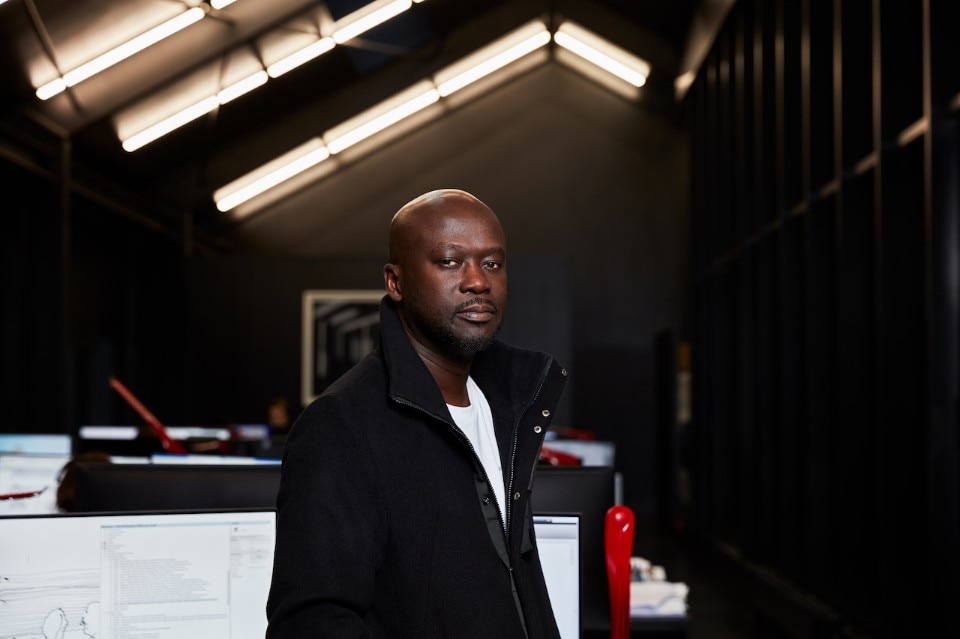
How do you think a museum of African culture and history in the UK would differ from the African-American one?
I haven’t designed it yet! I just wanted to put a provocation into the public consciousness. It‘s still a huge conversation and it’s still going on, so you never know. it might happen soon or in the future. The architect might not be me, that doesn’t matter. It’s just to throw things into the debate. You have to emanate from invisible to visible, and then maybe to form.
David Adjaye born in Tanzania to Ghanaian parents, opened his first office in 1994 and refounded it in 2000 as Adjaye Associates.


